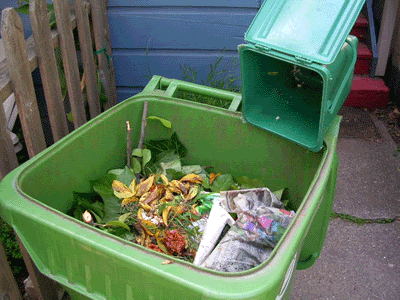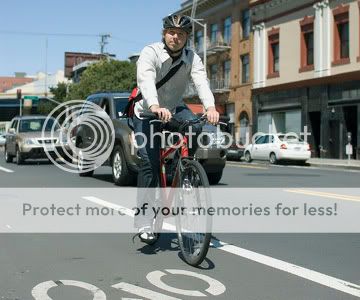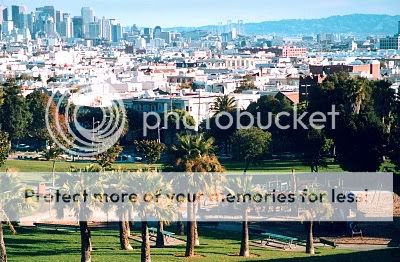Remember, how I promised to cover every session at Hello Etsy? Well, this month I'm going to share the opening Keynote presentation by Jeremy Rifkin, a man of many hats. He is an adviser to the European Union and to heads around the world, a senior lecturer at the Wharton School's Executive Education Program at the University of Pennsylvania, President of the Foundation on Economic Trends in Washington, D.C., and author of The New York Times best selling book, The Third Industrial Revolution, How Lateral Power is Transforming Energy, the Economy, and the World.
Friday night, March 22nd, the Main Hall at Pratt Institute was a buzz. Everyone in attendance was focused on the Keynote presentations opening this year's Hello Etsy. Beginning with a warm welcome from the organizing Etsy Values and Impact Team, Etsy CEO Chad Dickerson, offered an inspiring presentation that included comments on his decision to take five weeks of paternity leave after bringing home his son. I could spend more time on Chad's presentation including his mention of the 1936 film "Modern Times" by Charlie Chaplin (video clip is below) and the following quote by Mahatma Gandhi, "Production by the masses, not mass production," but I will not. Instead, I will focus on Jeremy Rifkin, who came on after, and who Chad did a great job of setting the stage for what was to come that weekend.
Mr. Rifkin from the beginning was a breath of honest air. Many, those who don't believe in climate change, that our government needs a shake up, or who believe that our economy is on the mend, would disagree with what he would go on to say, but I sat glued to my seat and experienced a range of feelings- troubled, scared, agreement, and hope. Over all, I felt a hope that the two hundred people sitting in that room would feel the urgency of Mr. Rifkin's message and turn that into inspiration to do more.
The first thing Mr. Rifkin said to the Hall was, "Everything in our current civilization is reliant on petrochemical (fossil fuels)." Not surprising to me given the time I've spent working with a large corporation on business interested heavily linked to petrochemicals, but for many others this may be a surprise. According to data he shared, crude oil production peaked in 1979 and 2006. We had the most oil per capita in those two years. However, with the Great Recession of 2008, things are different. According to Mr. Rifkin, two moments proving that the world we rely on fossil fuel is ending:
1. July 2008, when the prices of everything increased
2. The Great Sichuan Earthquake which resulted in the fall of the Stock Market
Not only are these statistics important to his presentation, but I think they give another perspective to those of you following current issues being battled by environmental groups in the US, Canada and even Europe - tar sands and fracking.
As he went on, he touched on climate change and what he considers the most terrifying piece of the topic-the water cycle. According to research, every one degree rise in temperature creates more moisture in the air. This leads to more destructive hurricanes and natural disasters (last year's Hurricane Sandy l, or this week's Oklahoma tornado, anyone?) that impact us all on a global scale.
After sharing these terrifying statistics and with full-on urgency in his voice, Mr. Rifkin turned to us and said, "what we need is a new economic plan for this world. It needs to move quickly to off-set carbon in 30 years, if we want hope."
He then went into discussing the Third Industrial Revolution (TIR) - a lateral power shift -favoring small business and the World. In discussing how we need a lateral power shift to really create change, he used examples underway in the European Union currently. The EU is undergoing what they call the "disruptive revolution" focusing on the use of distributive energies such as wind, heat, sun, and waves. Where instead of relying on fossil fuels, we look to these new energies as a way of producing what we need, but also being able to store and share these energies with others on a more global scale.
He did mention how Etsy is allowing us small business owners to be part of this lateral power shift. Rather than selling through middlemen and relying on traditional business methods and practices, the use of the internet and sites like Etsy, have allowed us to directly target our market and share our products (that are often times not as energy dependent as goods created in a large scale factory) with those who want and value them. Even greater, is that we're not just limited to goods, we're using this power to educate, and we're winning what might seem like a small battle, but is actually a much larger concern.
In line with this topic of a lateral power shift, Mr. Rifkin stated the following, "In the next 20 years, failure will have everything to do with energy costs, not labor costs." We need to focus on renewable energies in order to move the TIR forward. While there are parties actively creating and looking to the disruptive energies listed above, there aren't enough. Not to mention the EU can not be the only government entity looking to move ahead with these ideas.
I'm not sure that any of us Etsy sellers will be creating renewable energies, but we are part of the class of entrepreneurs in this new revolution, and if we are going to help create a shift in consciousness within the next 25 years, as Mr. Rifkin asked us to, then we need to start thinking about this and our role in how to bring more change and responsibility into our businesses. Then use that as a means to change the political spectrum. We can use our muscle to demand sustainable practices and better energy systems the same way that large corporations and their lobbyists demand and promote unfair and bad business practices.
These same large corporations now, they are all eagerly publishing catalogs on the "socially good" programs they are creating and money they donate philanthropically, but we need to see more change. Unlike those large companies, we small businesses can make these goals part of our mission statements and part of our every day habits and really mean them. I'm not criticizing these large corporations too much. I know I've helped keep them going, but as a small business owner and an environmentalist who cares about my impact on the World, I need to be aware and make necessary steps to keep my business aligned with my beliefs.
As for Mr. Rifkin, I don't know if he'll come across this posting, but if he does, Thank you Mr. Rifkin for your overwhelming and educational presentation. I am still thinking about it!
More on Hello Etsy to come!
//Sara
S2 Stationery and Design











